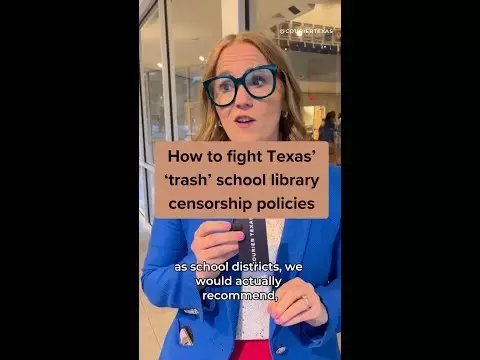
In this small town, Sunday rides are bridging gaps far beyond transportation. COURTESY PHOTO/GWEN FRISBIE-FULTON
When I was a new mom, I wanted nothing more than to move out into the countryside with my baby. I had been raised in mostly rural places and have fond memories of playing in the cow fields and forests behind the various homes we rented. My parents cautioned me against moving to the country, however, because I was a single mother. They asked “What kind of job could you possibly get that would pay for both the gas and for the childcare necessary to live way out there?”
I know that they also feared me becoming isolated; too alone. They have often told me about how hard it was for them to commute an hour in opposite directions for work, the grocery store, or to see a friend, and how their mile long driveway in the Shenandoah mountains sometimes felt like it might never end.
I recently spoke with a few members of the newly formed and newly named Groundswell Collective in Walworth County, Wisconsin. Last fall, local residents worked together to push their county Board of Supervisors to expand transportation services to run on Sundays. Like most rural counties, Walworth doesn’t have public transportation in the way that urban, or even suburban, communities might recognize, but instead has a contract with a private van service to offer low-cost rides on request to seniors and others who may not drive.
In Walworth County, this service is used for a myriad of practical purposes—seniors getting to doctors appointments, teenagers going to an alternative high school—but the case that locals made for expanding to Sundays was different. They argued that the people of Walworth County didn’t only need to get to the grocery store and doctors office, but they also needed to get to each other.
The group called their campaign “Fight Isolation, Win Transportation.”
And for good reason: One in three US adults reports feeling lonely, and one in four reports not having social or emotional support (CDC, 2024).
In 2023, the US surgeon general, Vivek Murthy, declared a national loneliness and social isolation epidemic. In his report, he said that if we do not work to create a more connected society, then “we will pay an ever-increasing price in the form of our individual and collective health and well-being. And we will continue to splinter and divide until we can no longer stand as a community or a country.”
My parents were right (as they usually are). While the loneliness epidemic shows up in big cities as well as small towns, people living in rural communities do face a particular risk of isolation simply due to the spread-out nature of rural life, poverty, spotty internet connectivity, and—as the Groundswell Collective identified—infrastructure hurdles such as insufficient public transportation.
However, in their search to win transportation to ease isolation, Groundswell discovered that the very act of organizing can help rebuild connective tissue. Through gathering people together for campaign planning meetings, mobilizing local residents to county board meetings, and celebrating their win together, the group not only helped establish Sunday transportation services for the community, but they built their organizing muscles—together. They now have named themselves and are holding listening sessions and other events to figure out what other community needs they can address.
Findings from the national 2024 County Health Rankings and Roadmaps Report found evidence that “participating in our communities, whether through volunteering or joining neighborhood groups, strengthens our social connections and sense of belonging which, in turn, benefits our physical and mental health,” in addition to winning policies that improve connectivity.
Tom Gaulke, who helped organize the Walworth Sunday transportation campaign, describes the process of community organizing as not just an opportunity for people to be together and work together, but also a way to think together: “Suddenly you are working with a community, thinking out loud in a community, and assessing a situation together in a communal way,” he says. “You are no longer just thinking individually about how am I going to pay my mortgage, pay my rent—those things are important things to think about of course—but now you are also thinking about how do we survive, what does our community need, what do we need to do.” In isolation, you think of solutions alone, but in community, you have allies.
There’s a reason after all, Tom says, that community is the defining feature of community organizing. “This is hope-giving stuff,” he says, “It means people see each other again. It means people interact again. It even means that people commit to overlook their differences to move things they need.”
As our rural communities—and our urban spaces—work to address the loneliness epidemic, we may find that, done right, the process of this work becomes a part of the solution.












